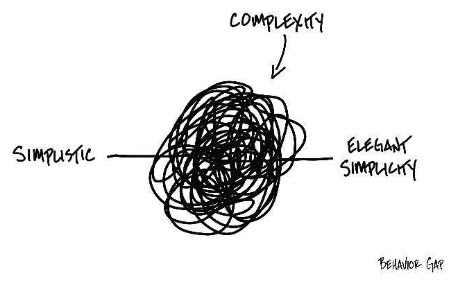Complete
A model is an informative, intentional, well-defined, clear, complete, and correct representation of the set of things and relations between those things defined within an axiomatic system.
A model enables a community of stakeholders trying to achieve a specific goal or objective or a range of goals/objectives to agree on important details related to capturing meaning or representing a shared understanding of and knowledge in some system of interest.
In her book An Introduction to Ontology Engineering (PDF page 23), C. Maria Keet, PhD, provides discussion about what constitutes a good and perhaps a not-so-good ontology. There are three categories of errors she discusses and these three ideas are applicable to models:
- Syntax errors: If the expression of the model is of some specific machine-readable language, having a syntax error is similar to computer code not being able to compile.
- Logic errors: If the expression of the model has an error in logic then the model does not reflect what is being modeled and the model will not work as would be expected.
- Precision and coverage errors: If the expression of a model precisely reflect what is being modeled with a high enough level of precision and a high enough level of coverage of the area of interest being modeled then the model might not be adequate enough to meet the needs of the stakeholder of a system that has been modeled. For example, when you neglect to represent a rule and therefore something that should not be permissible appears in the model to be permissible because you neglected to include that rule; then you might not get the result you expect from the model.
Now, imagine that the darker gray circle represents the set of aspects within that area of interest that are important to achieving some stated goal(s) or objective(s) of your system. Saying this another way; a system does not ever represent 100% of the things in the real world, just the things, relations, and rules that are important to achieving the goals/objectives of the system.







Comments
Post a Comment